Why Your Nonprofit Needs a Strategic AI Roadmap
In today’s pressured environment, it’s no longer enough to hope that AI will help your organization you must plan how it will. Having a defined strategic AI roadmap acts as a thought-first pathway to success across the organization - fundraising, volunteer management, client services, and finance. It clarifies what you want to achieve, identifies where AI fits, and helps you integrate tools rather than tack them on superficially.
Create A Strategic AI Roadmap to Drive Clarity and Momentum
When you begin with strategy you should answer these questions:
What tangible outcomes are we aiming for?
How will AI align with our mission, values, and existing systems?
What comes first, next, and later (people, processes, tools)?
What governance policies and practices do we need to have in plance?
You avoid random experimentation and risk of failure by mapping a sequence of steps such as, assessing data maturity, selecting pilot use cases, updating systems, upskilling staff, scaling systems. A structured approach ensures you’re executing with intent and not chasing the latest shiny technology.
Integrate Your Team Efforts and Legacy Systems with Enhanced Tools
Many nonprofits struggle with disjointed systems, like legacy databases, siloed departments, and manual workflows. Without a thoughtful strategic plan, AI initiatives often live in isolation, generating little synergy, or worse - fail!
A strategic AI roadmap ensures:
Your people, process and legacy systems are aligned with the new tools.
You link old and new systems (for example, CRM + AI analytics + outreach automation) so your team avoids duplication and inefficiencies.
You build on what you have rather than ripping and replacing unnecessarily.
Unite the Organization Around One Vision and Mission
A well-executed strategy doesn’t just bring in tech it brings everyone in the organization together: board, leadership, program staff, operations, data/IT. You create a shared language (“where AI helps us reach more people with less overhead”), shared goals (e.g., “reduce administrative burden by 30% within 12 months”), and shared roles.
That unity matters in a time of uncertainty. A fragmented rollout invites confusion, overlapping responsibilities, and resistance, whereas a unified approach fosters trust, clarity of ownership, and momentum.
Save Time and Resources to Re-Focus on Mission-Driven Work
Staff, systems, and budgets in nonprofits are always constrained. A smart AI strategy helps you liberate those resources in a mindful way. When routine tasks are automated, data is managed efficiently, workflows are streamlined, insights come faster, and your staff can spend more time on the strategic work the mission requires.
Consider Three Setbacks of Not Approaching AI with A Strategy
Failing to adopt a strategic mindset around AI exposes a nonprofit to several risks. Here are three critical ones:
Wasted resources and duplicate effort
Without strategy you may invest in AI tools that don’t connect to your systems, or you pilot isolated initiatives that never scale. Your team spends time and money but get little ROI, and the automation remains superficial and staff remain burdened.Organizational fragmentation and lack of ownership
If you don’t align team efforts across the organization and unify around vision, you’ll likely see push-back, confusion about roles, duplication of work, and inconsistent results. To downfall is that AI becomes a “project of IT” rather than a mission enabler resulting in costly adoption stalls.Failure to scale, plus increased risk of ethical data issues
A tool-first approach neglects governance, integration, change management, and ethical considerations. If you skip the strategic planning process, you may implement a tool, then struggle with data quality, bias, security, and trust issues. These become mission-draining setbacks rather than enablers, and raise governance concerns.
Take Your Next Steps…
If you’re serious about AI, treat it like any major transformation, and connect with us at KDP Consulting Inc.
Build your AI readiness with intent. Check out our AI Readiness Assessement Tool to help get your organization started in a responsible, thoughtful way.
